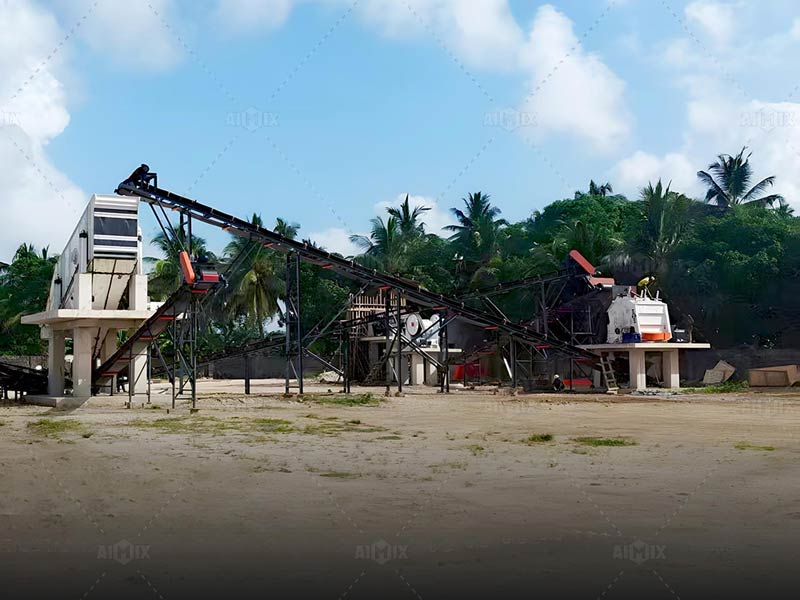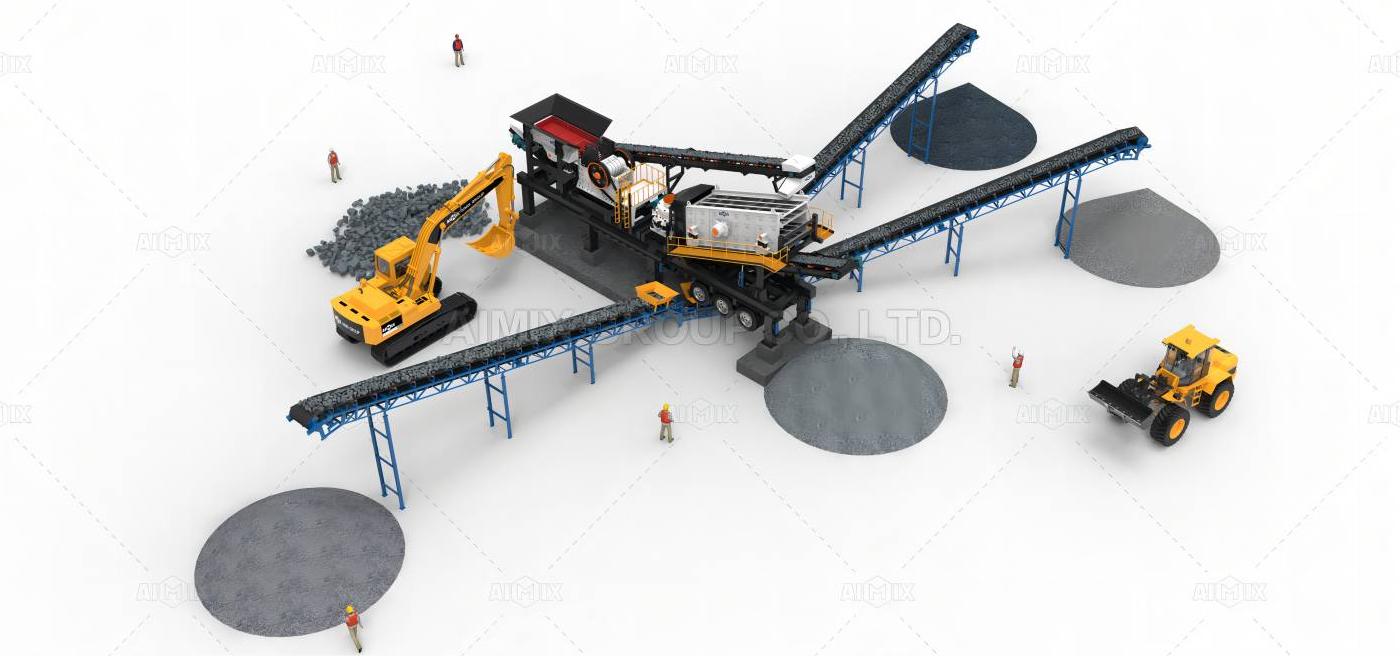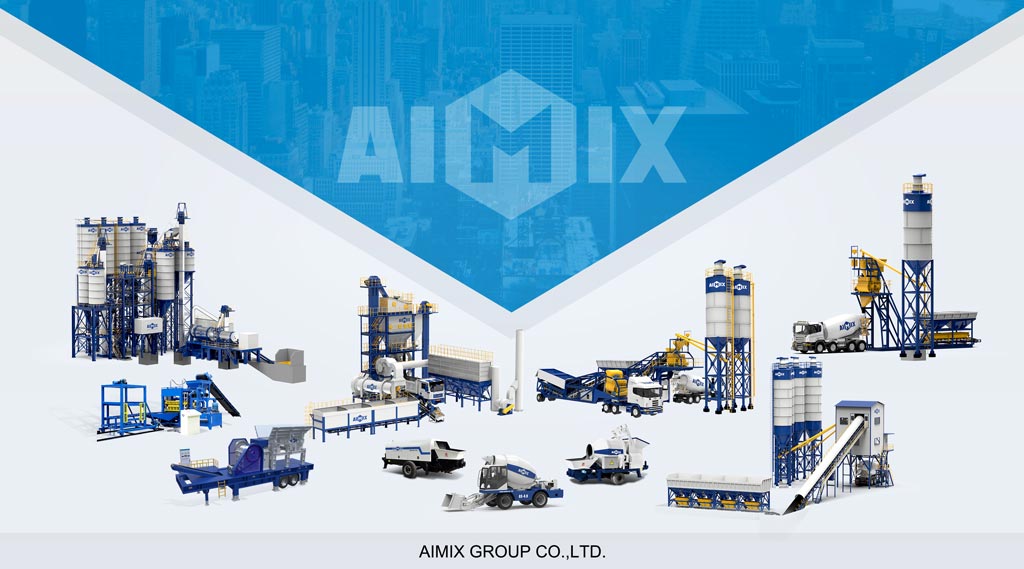Indonesia’s volcanic archipelagos present a paradoxical opportunity for aggregate producers—abundant mineral wealth locked within some of the world’s most challenging topographies. The very geological forces that created Sumatra’s granite cliffs and Java’s andesite ridges also impose formidable barriers to conventional crushing operations. Traditional horizontal plant configurations falter where elevation gradients exceed 30 degrees and access roads resemble serpentine footpaths.
Yet these constraints breed innovation. Forward-thinking operators are reimagining stone crusher plant design through three critical lenses: terrain-responsive engineering, logistical pragmatism, and climate-smart automation. The solutions emerging from Indonesia’s highland quarries are rewriting global best practices for vertical mineral extraction. What follows is a blueprint for transforming mountainous obstacles into competitive advantages.
Terrain-Specific Engineering Modifications
Modular, Tiered Plant Layouts
Static crusher assemblies fail on slopes where foundation leveling becomes prohibitively expensive. Indonesian engineers now deploy cascading modular units—primary crushers perch on excavated ledges, feeding secondaries via inclined conveyors that follow natural contours. This “step farming” approach reduces earthworks by 60% compared to artificial platform construction. The Batu Hijau copper mine’s crushing circuit demonstrates this brilliantly, with its jaw crusher positioned 85 meters above the cone crusher, leveraging gravity for energy-efficient material transfer.

Slope-Adaptive Equipment Bases
Conventional crusher skids slide catastrophically on rain-slickened 25° inclines. Custom fabricated bases with hydraulic outriggers and geogrid-anchored stabilizers now maintain operational stability on gradients up to 35°. PT Gunung Mas Persada’s mobile impact crusher in West Papua utilizes a hybrid spiked-pad system that automatically adjusts leg extensions based on real-time inclinometer data—a technology borrowed from offshore drilling rigs.
Logistical Optimization for Remote Locations
Helicopter-Assisted Plant Deployment
Where switchback roads can’t be carved through protected forests, Indonesian operators pioneered partial airlifting of crusher components. A Metso LT120 jaw crusher was recently disassembled into nine helicopter-transportable modules (max 4.2 tons each) for installation at a 2,100m elevation quarry in Sulawesi. While costly ($220/mt airlifted vs $18/mt by road), this method enables access to premium basalt deposits otherwise unreachable.

Hybrid Power Systems
Grid power unreliability in highlands necessitates creative energy solutions. A North Sumatra plant combines 500kVA diesel generators with lithium-ion battery banks charged during off-peak crushing cycles. The system cuts fuel consumption by 40% while maintaining throughput during monsoon-induced grid failures—a frequent occurrence above 1,500m elevation.
Climate-Resilient Operational Protocols
Monsoon-Proof Material Handling
Horizontal conveyor systems become slurry channels during Indonesia’s 3,000mm/year rainfall. Angled cleated belts with automated water jets now prevent material buildup, while electromagnetic separators installed under transfer points continuously remove ferrous contaminants washed from feed material—a critical upgrade when processing landslide debris.
AI-Driven Predictive Maintenance
Humidity and altitude accelerate wear on crusher components. Smart plants now employ vibration sensors and hyperspectral imaging to predict liner failures before they occur. A Central Java operation reduced unplanned downtime by 78% after implementing AI that cross-references real-time bearing temperature data with historical failure patterns specific to tropical highland conditions.
The Vertical Quarrying Paradigm
Indonesia’s mountainous crusher plants are proving that elevation need not equate to operational limitation. By embracing modularity, alternative logistics, and intelligent automation, operators extract value from vertical real estate that flatter terrains can’t match. The techniques refined in these highland quarries—particularly the gravity-assisted crushing circuits and aerial deployment strategies—are now being adopted in the Andes and Himalayas. What began as geographical compromise has become a blueprint for elevated efficiency.
The next frontier? Fully autonomous stone crusher in Indonesia pods suspended from cable crane systems, currently under prototype testing in East Kalimantan. When implemented, these aerial plants could make sheer cliff faces as workable as open-pit mines—without a single access road.


Comments
No comments yet. Be the first to react!